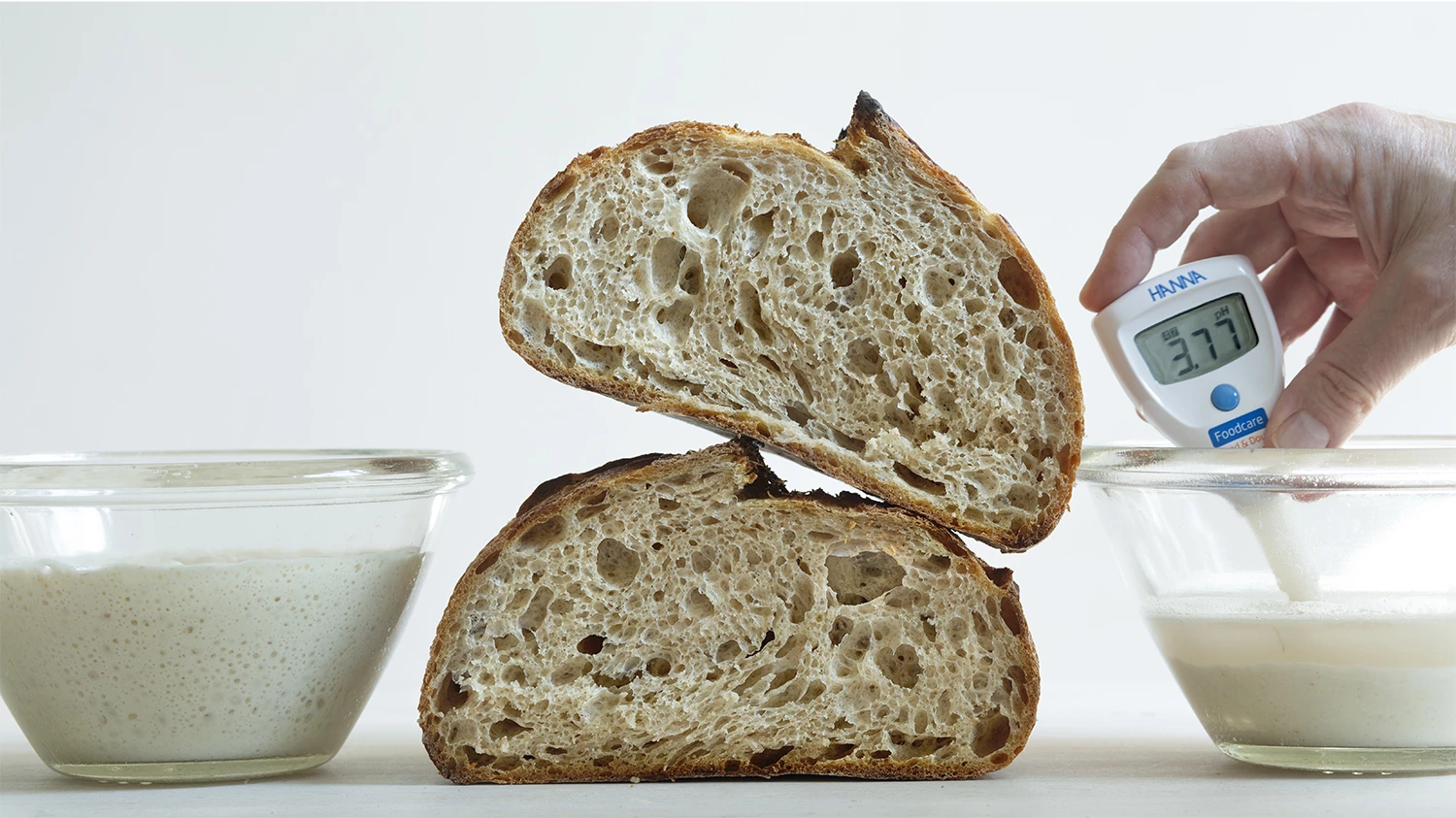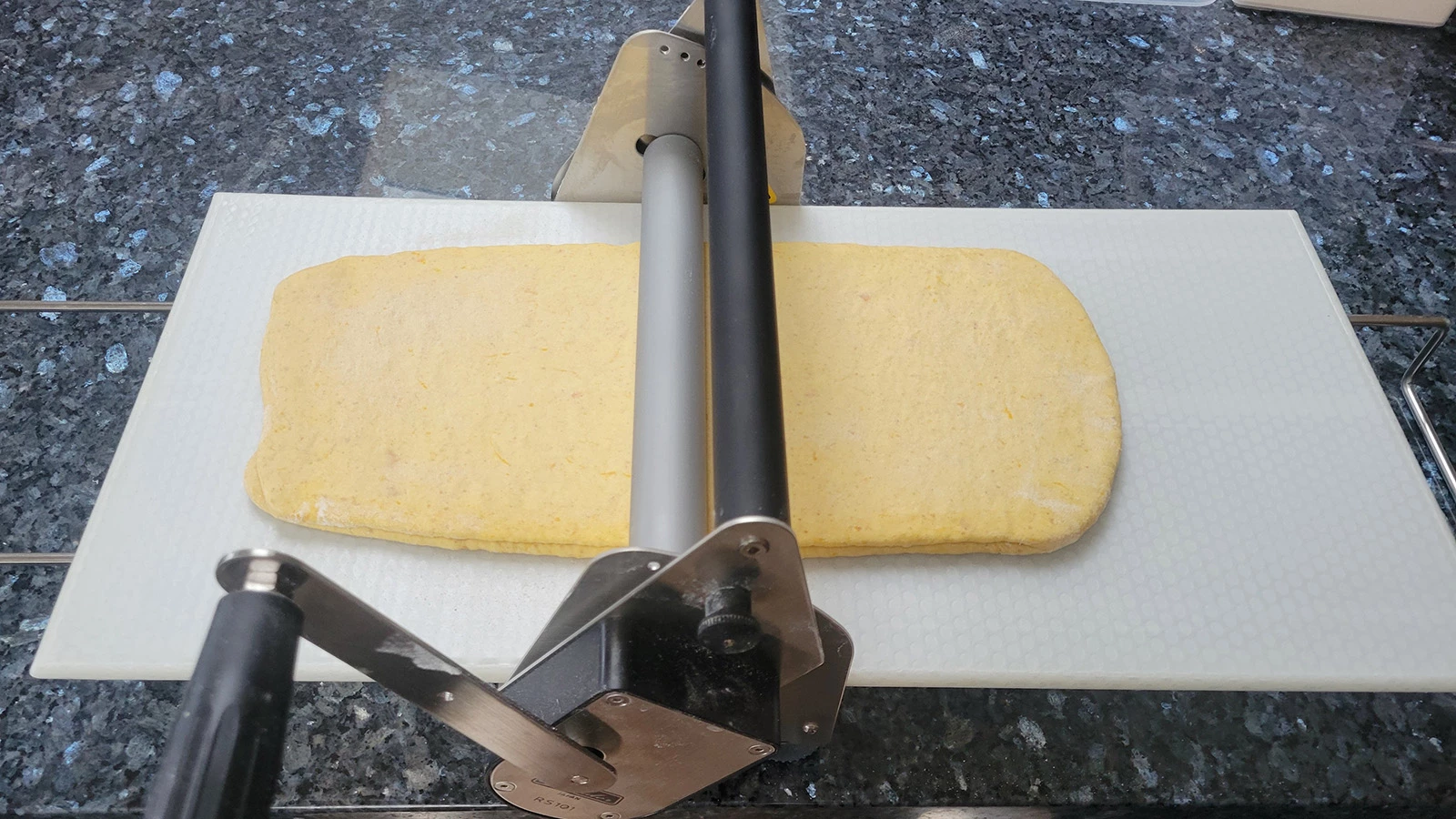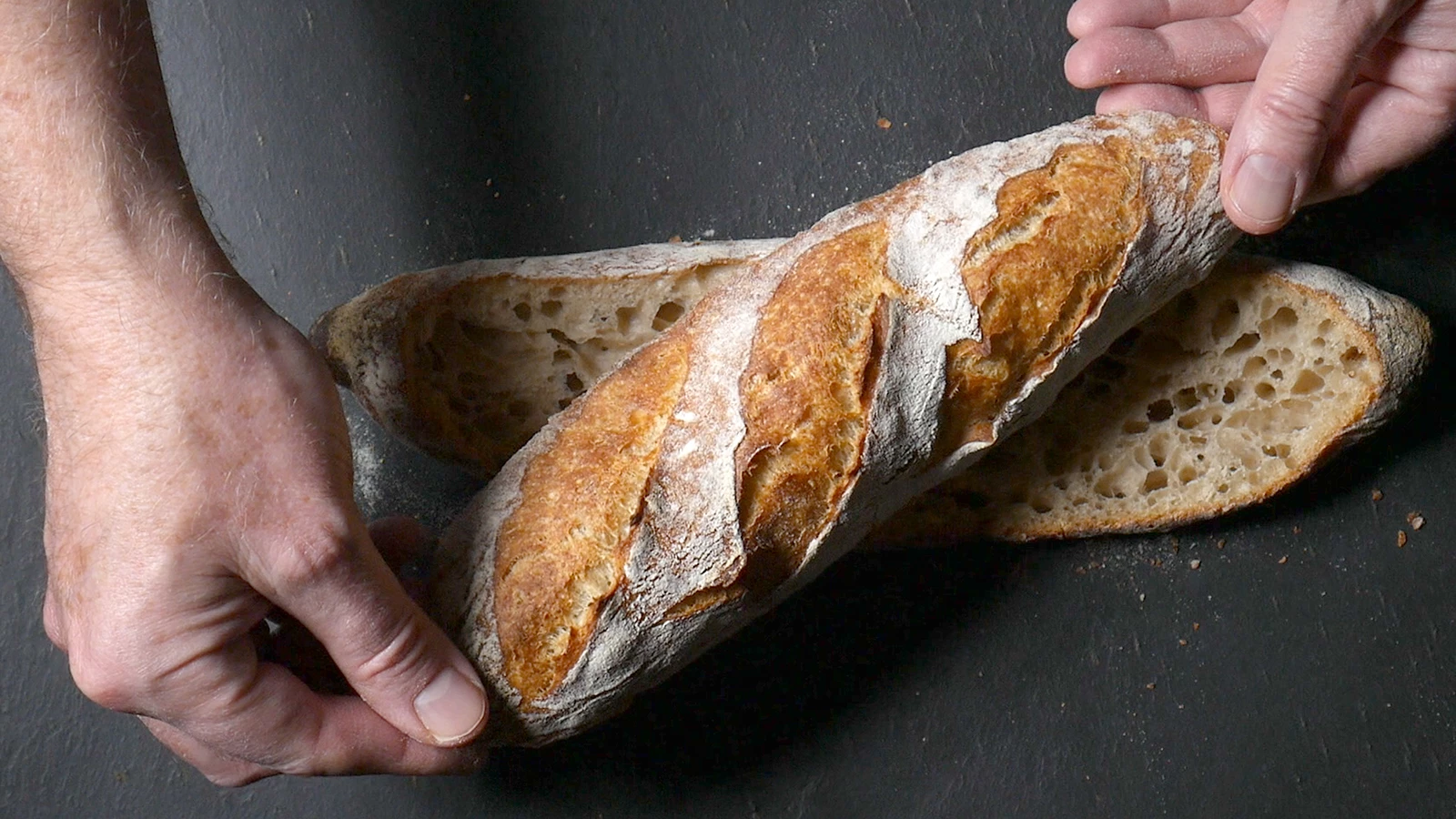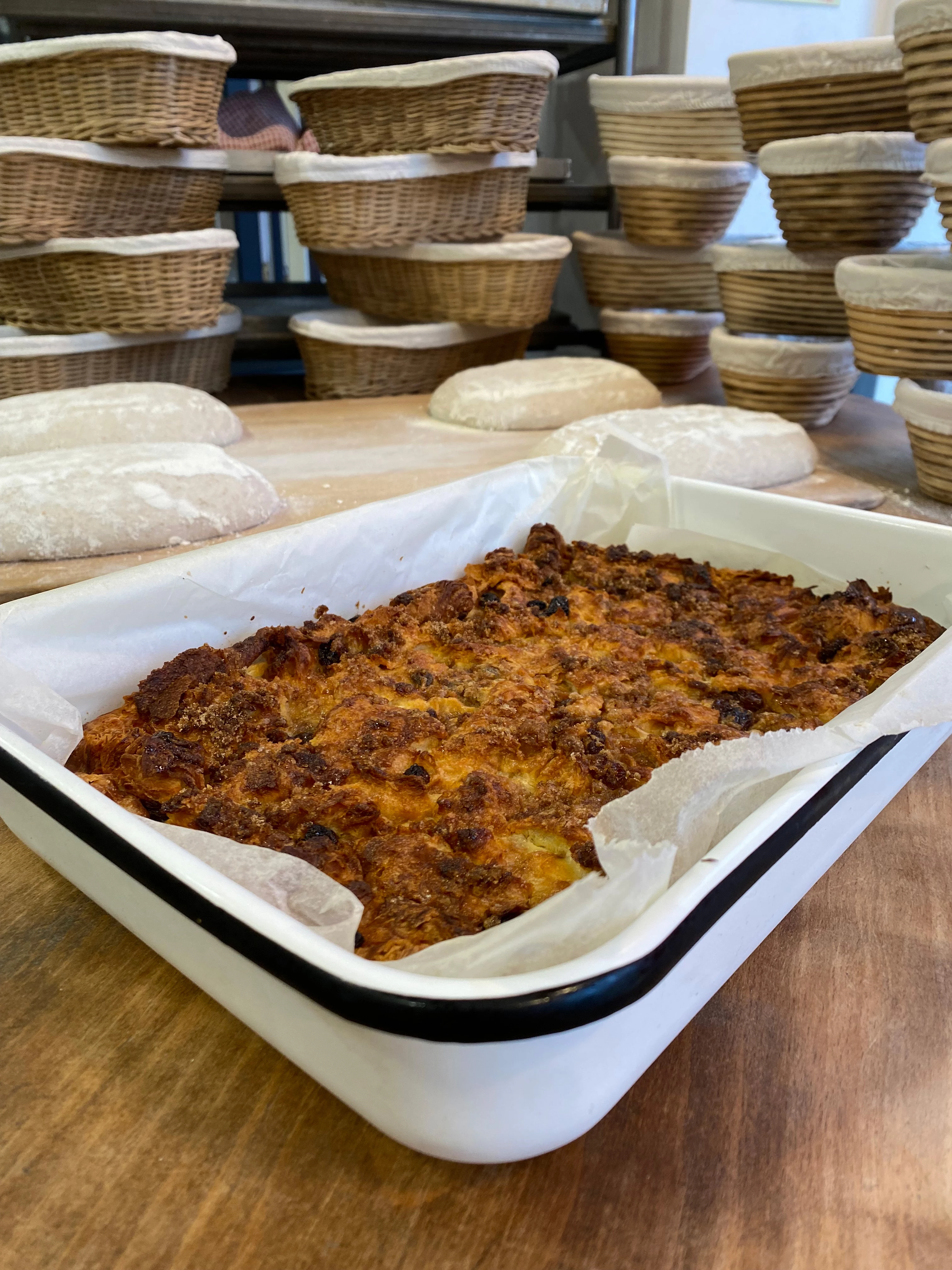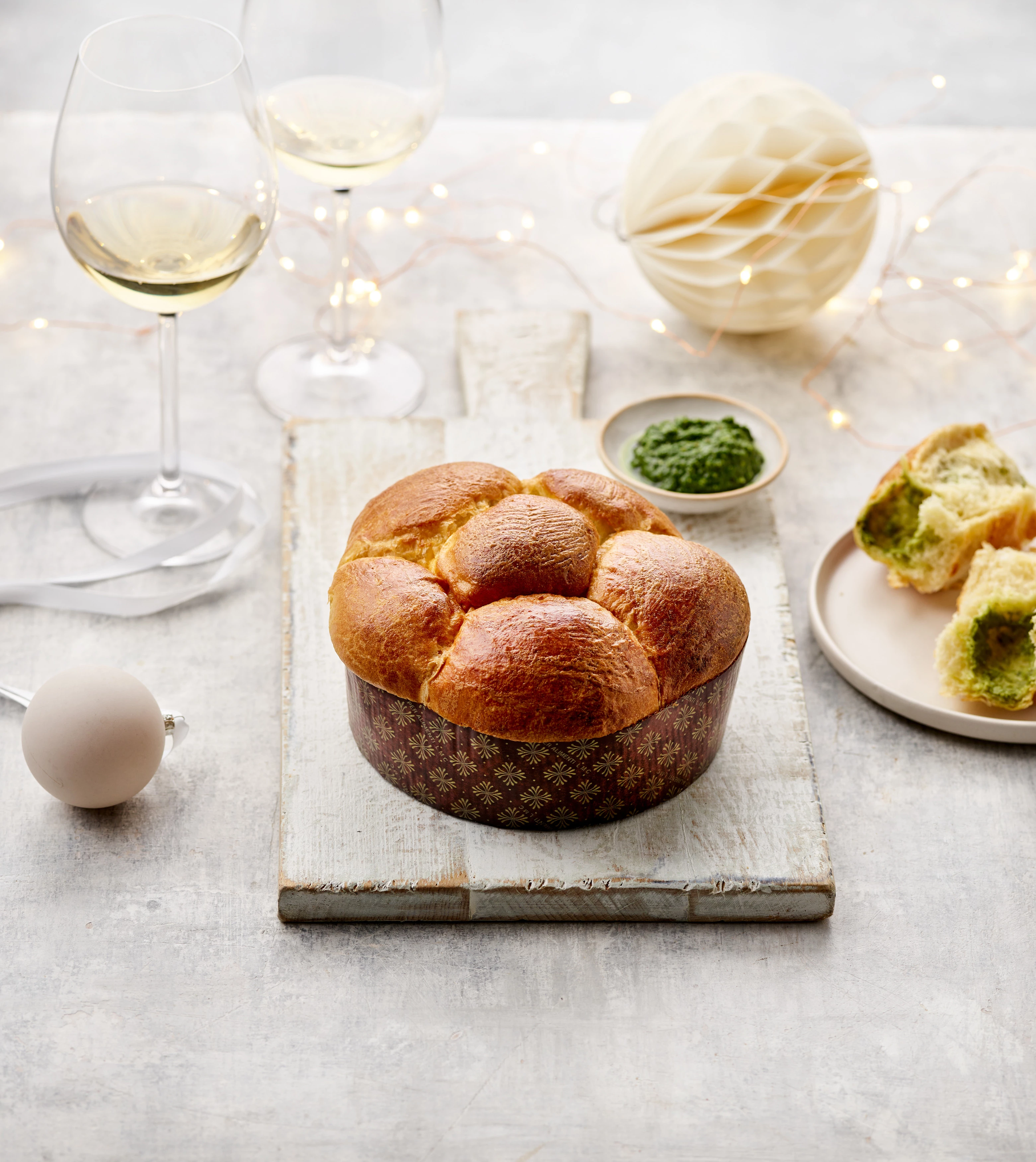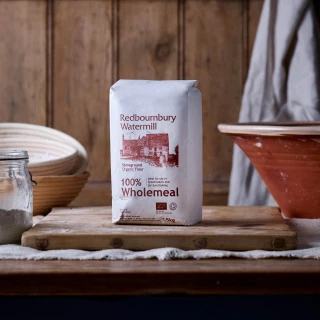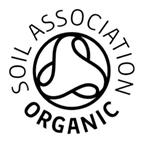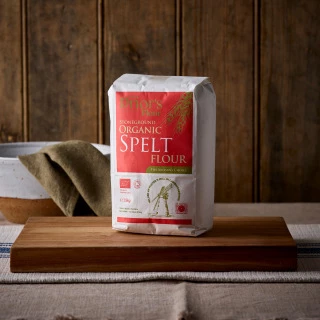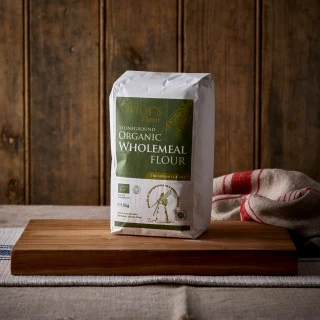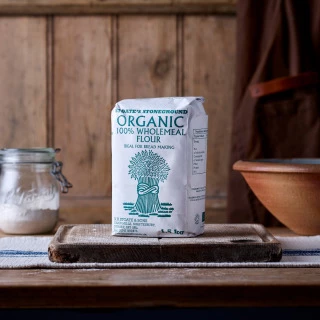What is a sourdough starter?
A sourdough starter is a slow-rising mixture of flour and water, containing both yeast and bacteria, that together produce gas bubbles, a sour flavour, and a bright acidic aroma. Using it gives the bread a distinctive flavour, an irregular aeration, and a slightly waxy appearance to the crumb.
The yeast and bacteria contained in the sourdough starter mostly come from the flour itself. Some recipes for making a sourdough starter add grapes or raisins in the beginning, and this can add extra yeast (found on the skin of the fruit) to help the mixture bubble. But as the yeast and bacteria needed to basically bubble and sour your starter are some of the most common microorganisms found in nature, you will be fine just using flour and water alone.
What kind of flour is best to make a sourdough starter?
Wholemeal flour - whether it's from wheat, rye, spelt - is considered best for making a sourdough starter as it contains the outside of the grain, which is where the yeast and bacteria can be found. When wholemeal flour is mixed with water, say in a 50:50 ratio, any yeast and bacteria will multiply and ferment the simple sugars found in the flour. Organic wholemeal flour may be helpful, as it hasn’t been treated with chemicals that could hinder this initial sourdough process from happening (though once the fermentation has started there will be enough yeast and bacteria to ferment any flour mixture, organic or not).
Are there BakeryBits flours you’d recommend?
Personally, I choose flours that contain the whole of the grain, what we call wholemeal flours, and those flours are usually stoneground as roller-miller requires the outer portion of the flour to be milled first (though it can be mixed back in later on). Stone-milling offers a straightforward one-step way of turning grain into wholemeal flour. Wheat, Spelt or Rye work well, and can be used a 100% but I prefer to mix it 50:50 with white flour (that adds more fermentable material from the start). I’m just listing wheat and spelt flour here, but rye and other wholegrain flours can be used equally well. Avoid malted, self-raising, and purely roller-milled white flour on it's own. Protein levels don't matter at this stage.
Wholewheat and Spelt Flours
Redbournbury Organic Wholemeal Flour
organic stoneground wholemeal flour is ground using traditional grinding stones in their watermill.
Stoate's Organic 100% Wholemeal Flour
Excellent stoneground wheat flour
The Priors Organic Wholemeal Flour
Wholemeal flour from grain grown at Home Farm, Wimpole Hall, Cambridgeshire
The Priors Organic Spelt Flour
Milled from spelt grain grown at Hills Farm Partnership, Manor Farm, Bradenham, Norfolk.
Wheatmeal and "brown" wheat flours
Redbournbury Organic 85% Wheatmeal Flour
Has some of the bran removed, so there is more fermentable flour, very good for sourdough starters.
Stoate's Organic Brown Flour, 81%
Has some of the bran removed, so there is more fermentable flour, very good for sourdough starters.
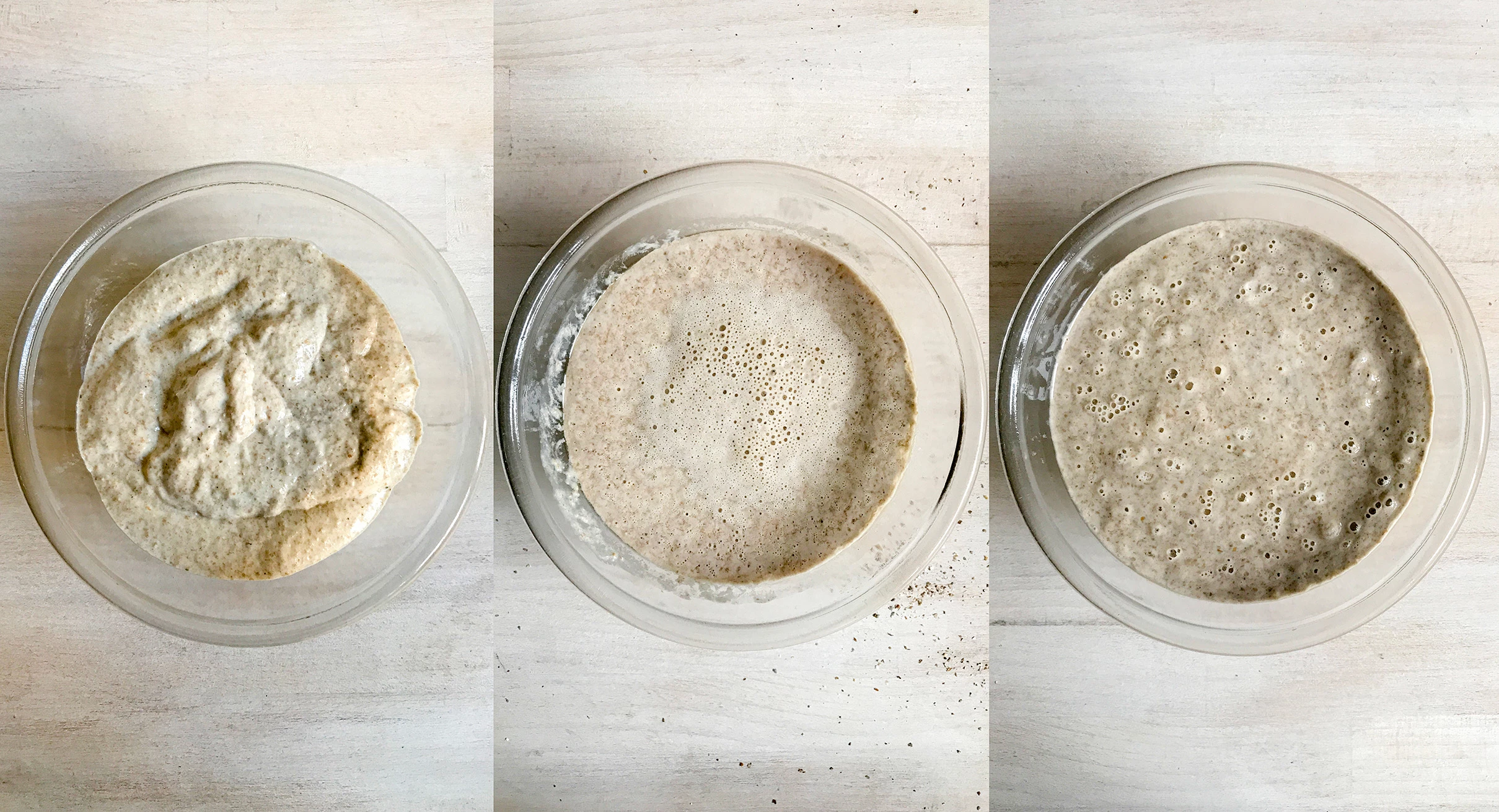



How do the steps needed to making a sourdough starter compare to the steps needed to make a loaf?
Making a sourdough starter from scratch needs slightly different approach to making the loaf. When you make a starter there may only be a few dozen or hundred bacteria and yeast – of all sorts, helpful and not – in the flour, and you need billions before you really start to see it bubble. So give it time. It’s a little like filling a flowerpot with soil from someone else’s garden and seeing what grows if it’s watered and kept in a warm spot: though chance plays a huge part, it’s likely that some plants will grow out of it in time, but you’ll never be quite sure of what you’ll get. So, for this flowerpot example, water, warmth, time, and a fertile “earth” are all important to encourage the plants to grow. Pretty much the same for making a starter, but substitutes wholegrain flour for “earth”.
What’s will all the “refreshment” business I read about, why do I have to mix together flour – that I’ve paid good money for – then throw most of it away and add more flour, again and again to keep it going. All sounds very wasteful. Isn’t there a better way?
Hmm. When I wrote how chance plays a huge part in getting your sourdough starter going and very active, what I mean is that the yeast and bacteria you need isn’t necessarily evenly distributed through the wholemeal flour (it’s not like the baking powder sifted into self-raising flour). So though a 1kg bag of flour is extremely likely to contain the yeast and bacteria you need – the folks at the www.ncyc.co.uk explained this to me – it’s also possible that the spoonful or small measure of flour might not contain those microorganisms, but another one would. So each time you add fresh flour and water you’re like to get another “chance” that the flour will contain the yeast and bacteria you need.
Can you give me a recipe for making a sourdough starter?
Well, I guess, there’s one in my book “The Handmade Loaf” we sell here that’s been very popular over the years. But it’s a little bit like writing a recipe for getting milk to sour, it’s more about what the starter does, the flour you use, and keeping it warm. There are many different ways to start a sourdough, a google search will bring up loads and none that I’ve seen are especially wrong. They’re just describing a natural process from different points of view, but the process itself is akin to watching seeds sprout: they’ll do it when they’re ready, and all you can do is nurture it along the way.

